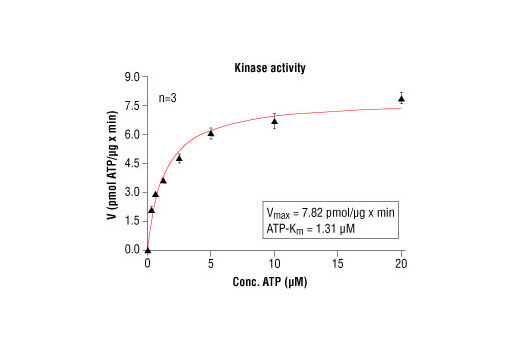
Figure 1. PAK4 kinase activity was measured in a radioisotopic filter binding assay using the following reaction conditions: 60 mM HEPES-NaOH, pH 7.5, 3 mM MgCl2, 3 mM MnCl2, 3 μM Na-orthovanadate, 1.2 mM DTT, ATP (variable), 2.5 μg/50 μl PEG20,000, Substrate: tetra (LRRWSLG), 2.5 μg/50 μl, recombinant PAK4: 100 ng/50 μL.
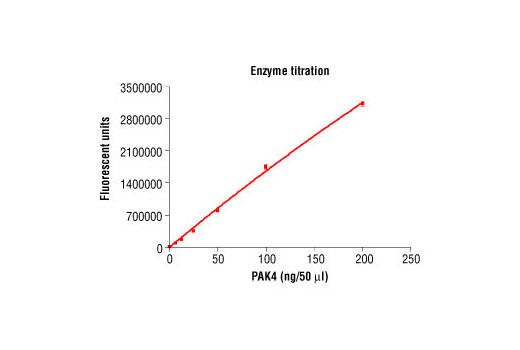
Figure 3. Dose dependence curve of PAK4 kinase activity: DELFIA ® data generated using Phospho-PLK (Ser137) Antibody #5070 to detect phosphorylation of substrate peptide (#1300) by PAK4 kinase. In a 50 μl reaction, increasing amounts of PAK4 and 1.5 μM substrate peptide were used per reaction at room temperature for 30 minutes. (DELFIA ® is a registered trademark of PerkinElmer, Inc.)
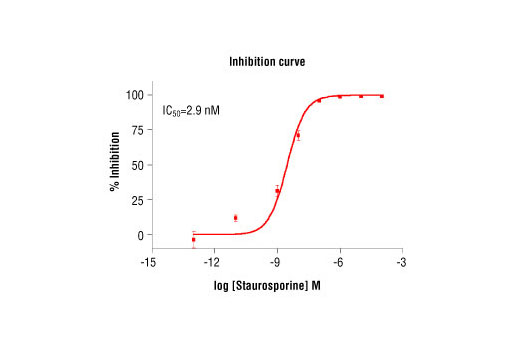
Figure 5. Staurosporine inhibition of PAK4 kinase activity: DELFIA ® data generated using Phospho-PLK (Ser137) Antibody #5070 to detect phosphorylation of PAK4 substrate peptide (#1300) by PAK4 kinase. In a 50 μl reaction, 100 ng PAK4, 1.5 μM substrate peptide, 20 μM ATP and increasing amounts of staurosporine were used per reaction at room temperature for 30 minutes. (DELFIA® is a registered trademark of PerkinElmer, Inc.)
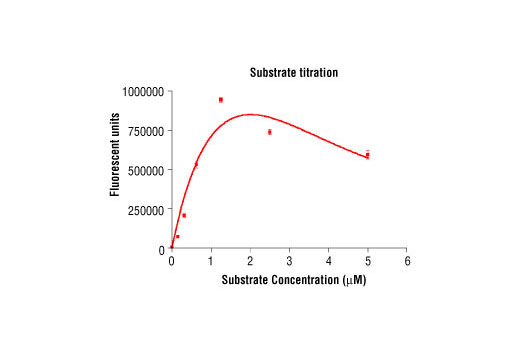
Figure 4. Peptide concentration dependence of PAK4 kinase activity: DELFIA ® data generated using Phospho-PLK (Ser137) Antibody #5070 to detect phosphorylation of substrate peptide (#1300) by PAK4 kinase. In a 50 μl reaction, 100 ng of PAK4 and increasing concentrations of substrate peptide were used per reaction at room temperature for 30 minutes. (DELFIA ® is a registered trademark of PerkinElmer, Inc.)
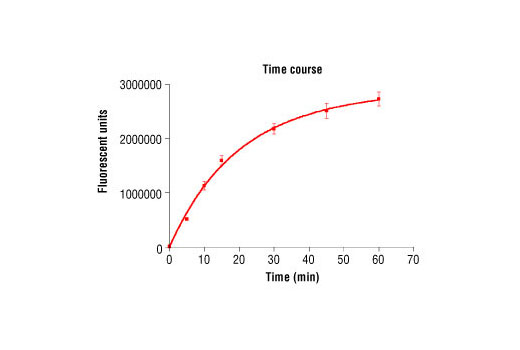
Figure 2. Time course of PAK4 kinase activity: DELFIA ® data generated using Phospho-PLK (Ser137) Antibody #5070 to detect phosphorylation of PAK4 substrate peptide (#1300) by PAK4 kinase. In a 50 μl reaction, 100 ng PAK4 and 1.5 μM substrate peptide were used per reaction. (DELFIA ® is a registered trademark of PerkinElmer, Inc.)




